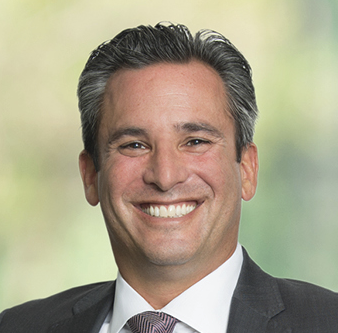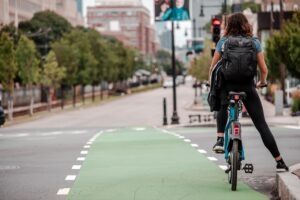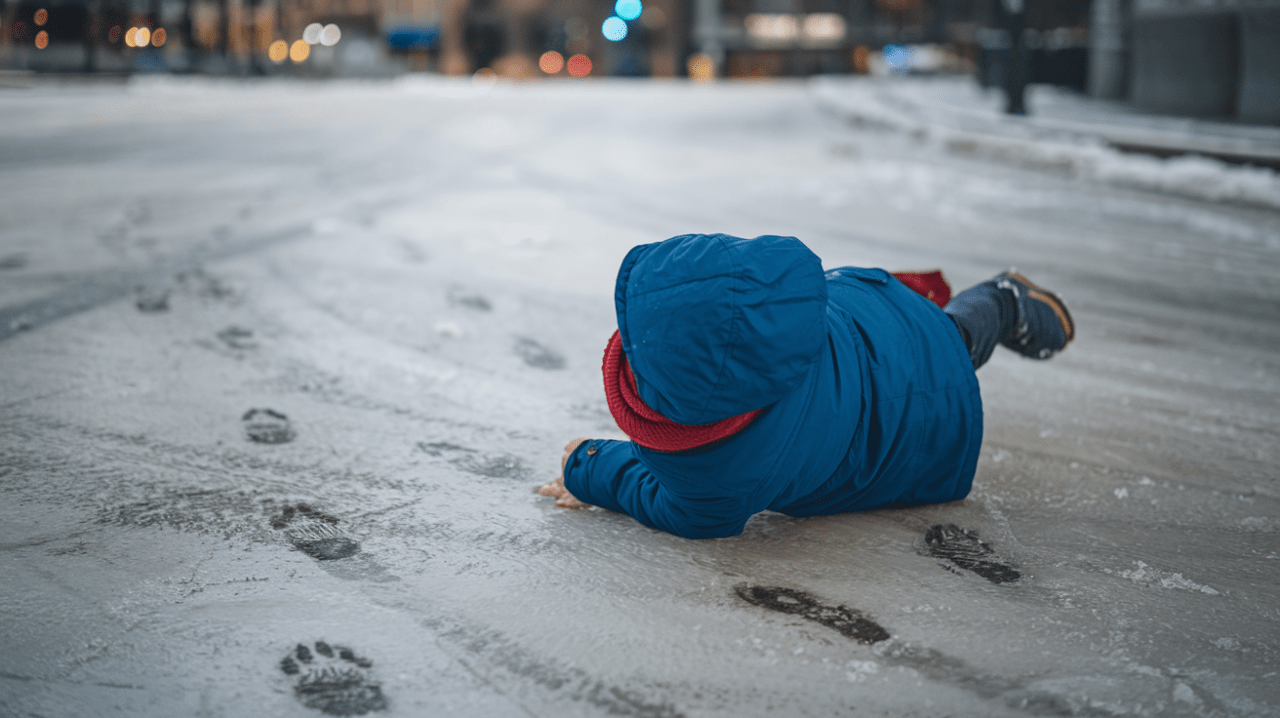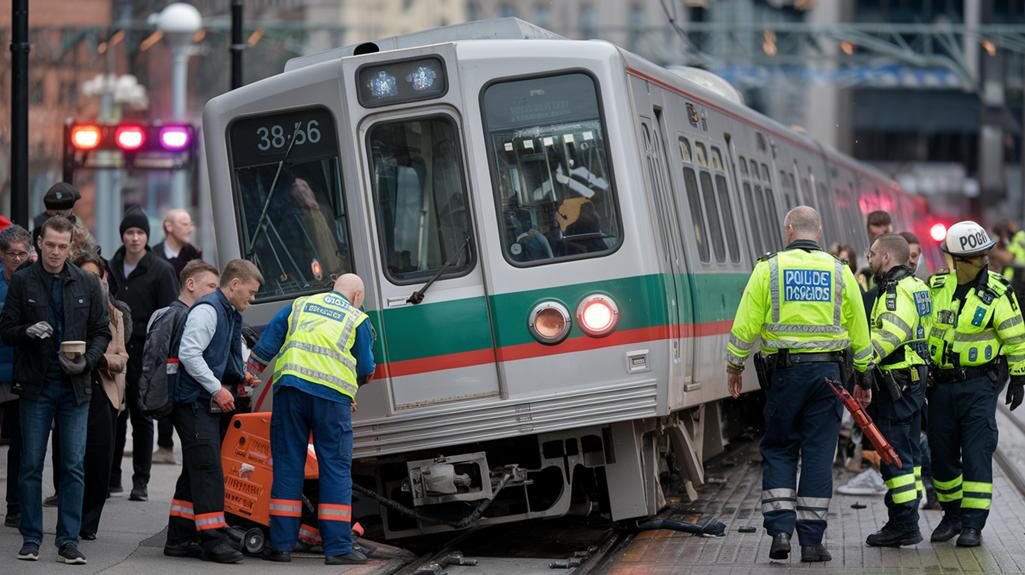Riding a bicycle around Boston is a great way to get some exercise and fresh air. It’s also an excellent form of eco-friendly transportation. With Boston ranking first as the worst city for traffic congestion in the U.S., biking is a fantastic way to combat the problem — and avoid getting stuck in traffic.
The Dangers of Biking
With all the positives that bike riding in Boston offers, though, it can be dangerous. According to the CDC, 130,000 riders are injured in crashes, and 1,000 cyclists die yearly.
A Boston EMS report shows that in 2020, Boston emergency services responded to 306 bicycle incidents. An average of seven bicyclists die annually throughout the state.
Where Bicycle Accidents Happen in Boston
Unfortunately, accidents and fatalities take place throughout the city of Boston.
Bicyclist Fatalities on Boston Streets
The Massachusetts Vision Zero Coalition tracks pedestrian and bicyclist fatalities across the state. The map indicates that from 2016-2022, bicyclists have died on Boston streets, such as:
- Hubbard Avenue
- Park Street
- Inman Street
- Charles River Dam Road
- Dartmouth Street
- Boylston Street
- Massachusetts Avenue
- Cottage Street
- Eliot Street
- Cummins Highway
- Nahanton Street
- Hale Street
- Andover Street
While the above is not a comprehensive list, the map shows that bicycle fatalities have happened throughout the city.
Bicyclist Incidents in Boston Neighborhoods
The Boston EMS report shows that in 2020, the highest cases of bicyclist incidents happened in:
- Boston Proper
- Dorchester
- Roxbury
- Brighton
- Jamaica Plain
- East Boston
- Mattapan
Dangerous Intersections for Boston Bicyclists
A 2019 Boston Vision Zero map indicates that the five most dangerous intersections for bicycle riders are:
- Massachusetts Avenue at Beacon Street
- Massachusetts Avenue at Commonwealth Avenue
- Massachusetts Avenue at Newbury Street
- Massachusetts Avenue at Albany Street
- Columbus Avenue at Cedar Street
Why Bicycle Accidents Happen
The Boston EMS report shows that in 2020, almost 55% of cyclist accidents involved a motor vehicle. Road surfaces, pedestrians and other bikes are other common causes of Boston bicycle accidents.
The Dangers of Motor Vehicles Around Bicyclists
Not surprisingly, most bicycle crashes happen on public roads. Drivers can cause accidents when they are not being careful around cyclists. Here are some common dangers.
Speeding
When drivers are going too fast, it takes longer for them to stop after braking. They may be unable to slow down in time for a cyclist. They also might not be able to see the cyclist until it is too late.
Making a Dangerous Lane Change
Drivers who fail to look before changing lanes can miss seeing a bicycle in the other lane. They may also fail to yield to bicyclists when changing direction.
Driving Distracted or Under the Influence
Drivers who text or look away from the road can cause disasters for cyclists. Their distraction can lead to an accident in a split second. Driving under the influence of drugs or alcohol can impair a driver’s capabilities, causing an accident with a cyclist.
Failing to Leave a Buffer Zone
Drivers need to leave room for bicycles so that they can safely pass. Drivers should not drive too closely behind or next to a cyclist. When passing a bike, they should avoid cutting off the cyclist.
Failing to Yield or Stop at an Intersection
Just as failing to obey traffic lights and signs can cause cars to crash, it can cause a vehicle to hit a cyclist.
Opening a Car Door
Open car doors are particularly dangerous for cyclists. Drivers often fail to look for bicycles before opening the passenger door.
Driving Aggressively
Road rage, careless driving and aggressive driving are dangerous for anyone using the road. Drivers don’t always remember that bicyclists are legally allowed to ride on public roads and may act aggressively toward them. Some people call it “bike rage.”
Common Bicycle Accident Injuries
These are some of the most common accident injuries from which bicyclists can suffer.
Head and Neck Injuries
Some head and neck injuries include:
- Facial cuts and abrasions
- Concussion
- Skull fractures
- Dental injuries
- Bleeding in the brain
- Broken jaw or nose
- Soft tissue injuries
- Cervical sprain
- Herniated discs
Wearing a helmet is an excellent way to reduce the possibility of severe injury.
Road Rash
You can suffer from road rash when your body hits or drags across the pavement. These abrasions can be superficial or deep enough to need skin grafts. Long pants and sleeves can help protect your skin.
Fractured Ribs
Landing on your side during a fall can cause broken ribs. They can be quite painful. Sometimes a broken rib can puncture a lung.
Hand and Elbow Fractures
When you fall, your instincts kick in, and you extend your arms to catch yourself. During a fall, you can break your wrist, hands, arms or elbows.
Broken Collarbone
Stretching your arms to catch yourself can also cause your clavicle, or collarbone, to break. The pressure from the fall has enough force to fracture the bone.
Hip or Leg Fracture
Landing on your side or striking an object with your lower body can lead to fractures in your legs or hips. These breaks sometimes require surgery to repair.
How To Prevent Bicycle Accidents and Injuries
Sometimes, it’s not possible to avoid an accident. You aren’t in control of what cars, pedestrians or other bicyclists do on the road. However, you can control what you do. You can take measures to reduce the likelihood of an accident.
Wear a Helmet
The Governors Highway Safety Association reports that wearing a helmet reduces the chance of head injury by 50%. That’s a pretty compelling statistic and a great reason to put on a helmet when you ride. Wearing a helmet might not reduce your risk of being in an accident and might not prevent all head injuries. However, it can help your chances of coming out of an accident without severe head injuries.
Wear Bright, Reflective Clothing
Cycling jackets are water-resistant and have more length in the back and arms to keep you covered while riding. Look for bright colors so that others can see you.
You can find biking gloves with insulation for colder months. Some have reflective patches so that your hand signals are more visible.
Any clothing that is bright enough to make you stand out can help people see you.
Use Hand Signals
Massachusetts law requires cyclists to use hand signals to indicate stops and turns. You are not obligated if removing your hand from the handlebar is unsafe for you.
Use Bike Lights
A headlight helps drivers see you in the daytime, and they are required from half an hour after sunset to half an hour before sunrise. You also need a red rear reflector or taillight.
Don’t Assume Drivers See You
It’s a good idea to ride defensively and assume it is hard to see you and your bike. Watch as you approach intersections and ensure cross-traffic stops.
Call Jason Stone Injury Lawyers After an Accident
Despite your best precautions, you can still get into a bicycle accident. It may happen through no fault of your own. After an accident, you might not be sure where to turn. The team at Jason Stone Injury Lawyers can help you. We can investigate the accident, report your claim to the insurance company, gather evidence, and negotiate for your fair settlement. Call Jason Stone Injury Lawyers today. There’s No Obligation, Just Information (R).
Not Trusting What You’re Being Told?
Better Phone Stone
800-577-5188
 START MY NO OBLIGATION CONSULTATION
START MY NO OBLIGATION CONSULTATION









